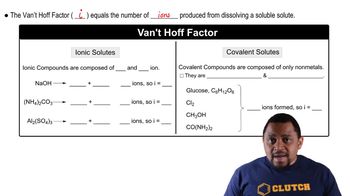Textbook Question
Assume that you have a sample of gas at 350 K in a sealedcontainer, as represented in (a). Which of the drawings(b)–(d) represents the gas after the temperature is loweredfrom 350 K to 150 K? The boiling point of the gas is 90 K.
1
views




